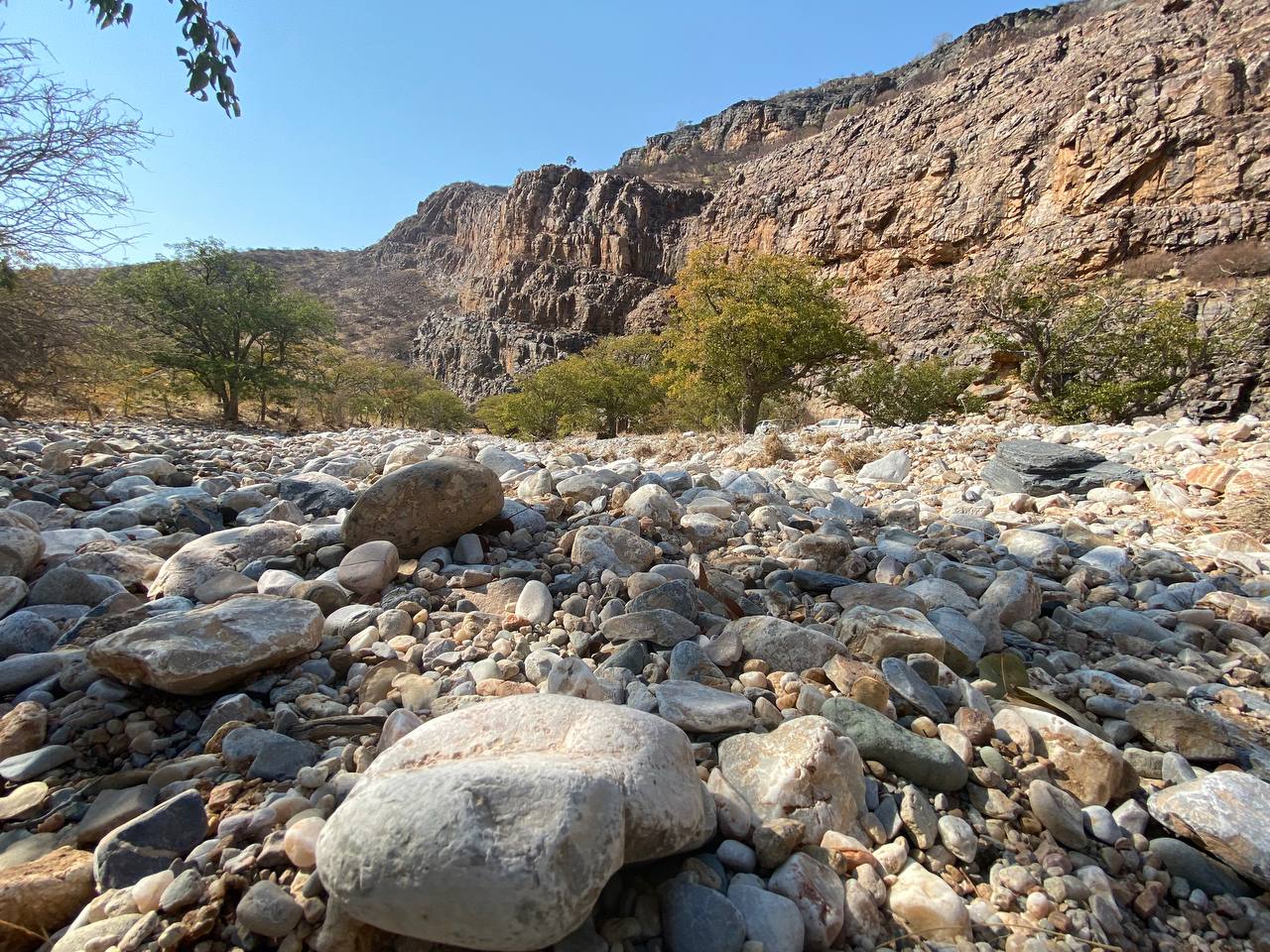Ombonde: For the people, by the people
Improving financial benefits from tourism
Major wildlife in the area includes elephants, lions, cheetahs, giraffes and black rhinos.
The Ombonde People’s Park (OPP) is a conservation area derived from the Ehi-Rovipuka Conservancy and the Omatendeka Conservancy, and is situated in the Kunene Region near Kamanjab. The conservation area aims to include OPP into the more comprehensive regional tourist development projects. The park seeks to improve financial benefits from tourism for administration and for host communities by developing appropriate tourist attractions and goods.
It also ensures a top-notch guest experience with its lodging, animals, stunning landscapes, natural attractions, tourism activities and cultural activities.
On the pre-requisites for registering OPP as a community-owned and -managed protected area, conservancies and important community stakeholders were briefed.
The interim board-designated spokespersons are to provide ongoing, regular information to all conservancy members as well as to other primary and secondary stakeholder groups. Once the Wildlife and Protected Areas Management Bill has been approved by Parliament and gazetted as an Act, preparation of the necessary paperwork for an application to the ministry of environment, forestry and tourism to declare the OPP a legally recognised protected area will follow as well as the preparation of a tourism development plan.
Ombonde attractions
The park is inclusive of the Ombonde-Hoanib River, which is a meandering ephemeral river that cuts deep into the surrounding landscape. Initially called the Hoanib along relatively flat highlands west of Kamanjab, it becomes the Ombonde in the middle section, and in places cuts deep into mud deposits of prehistoric water flows, creating river banks several metres in height.
Major wildlife includes elephants, lions, cheetahs, giraffes, eland, oryx, mountain zebra and ostrich as well as black rhinos.
The area measures at 3 599 km² and is divided into park area zones for settlements, grazing and wildlife and tourist activities.
According to park spokesperson Amon Kapi, “people have utilised this land for countless millennia, complete with stunning rock art and an abundance of other archeological evidence”.
In addition to the already mentioned attractions is the Klein Serengeti, which is a large flat plain fringed by rocky hills, but without trees.
Named after the Serengeti Plains in east-central Africa derived from Maasai, the name means endless plain. Palmfontein is a dense stand of picturesque makalani palm line, a long stretch of permanent springs, fringed in places by the stunning rock walls of the surrounding hills. The oasis attracts diverse birdlife and wildlife.
The elephant rocks are a particular scenic area north of the Ombonde River, named after the elephant-shaped rocks that dominate the area. Hidden Valley Way is secluded in the rugged hills of the Khowarib escarpment, a watercourse that meanders through a long serpentine valley with several stunning 'oxbow mini valleys', or hidden valleys, until it finally reaches the Khowarib gorge.





Comments
My Zone
No comments have been left on this article